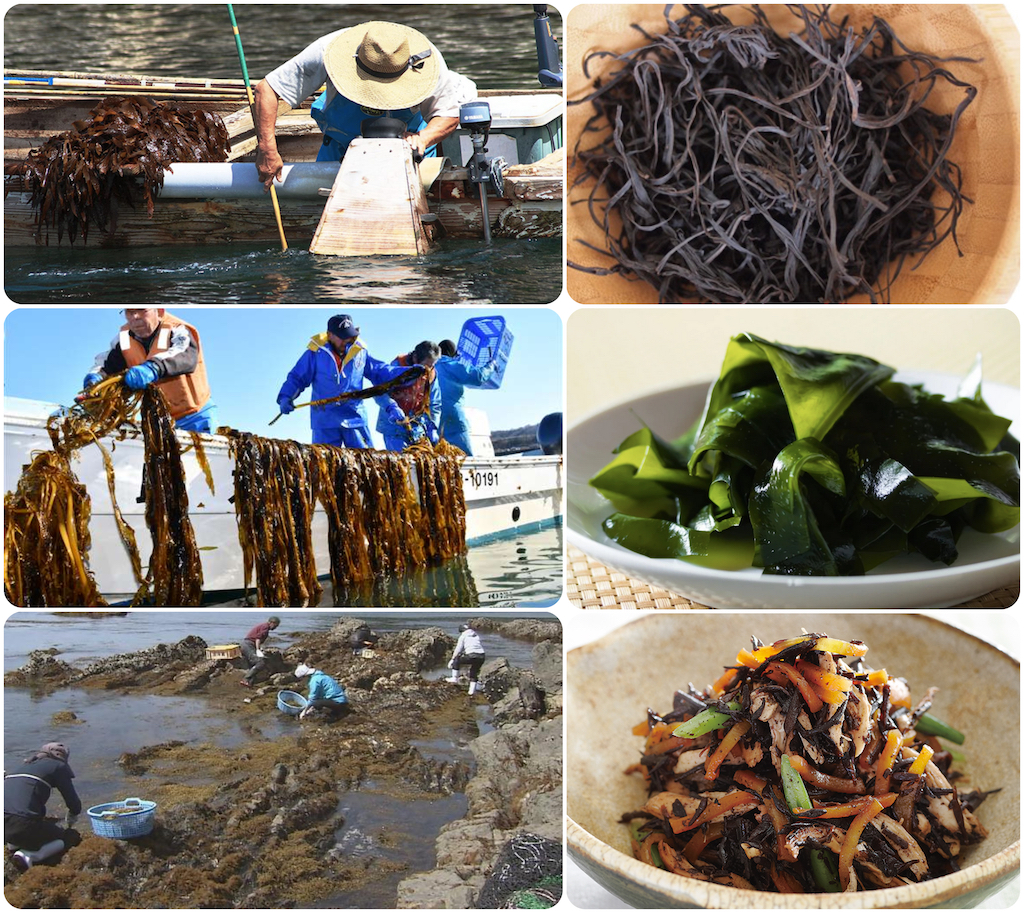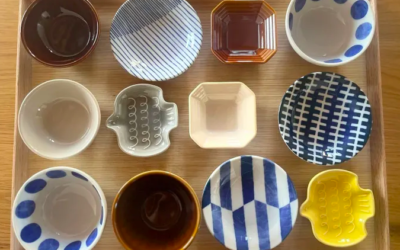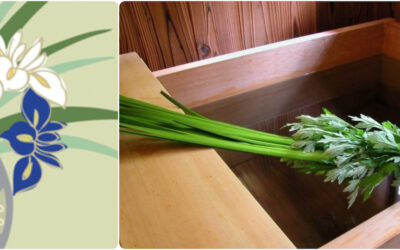
Celebrating the Bounty of the Seas
The inhabitants of the Japanese archipelago have been consuming sea vegetables –KAISŌ 海藻 — for millennia. Early evidence of consumption of aramé, wakamé, and hijiki has been found in burial mounds dating back to the Jomon Period (c. 14,000–300 BCE) and reference to various marine plants appear in the Manyōshū, an eighth century anthology of poetry.
A wide variety of sea vegetables continue to be enjoyed today; kaisō remains an important part of the Japanese diet and its food culture.
ARAMÉ (Eisenia bicyclis) is a variety of kombu (kelp) though it looks like hijiki (Sargassum fusiforme) which is scientifically classified as an algae. On its own or in combination with other vegetables the most common way of preparing mineral-rich aramé is soy-stewing. DOWNLOAD the RECIPE.
Calcium-rich WAKAMÉ (Undaria pinnatifida; a type of algae) finds its way into simmered dishes, soups and salads. Here is a primer on using fresh and/or dried wakamé: DOWNLOAD Anatomy of Wakamé.
Here is a basic recipe for soy-simmered HIJIKI. Serve it as a side to fish, chicken or eggs. DOWNLOAD the RECIPE.
More more recipes and reference materials visit the KCCC Project Bounty of the Seas.




